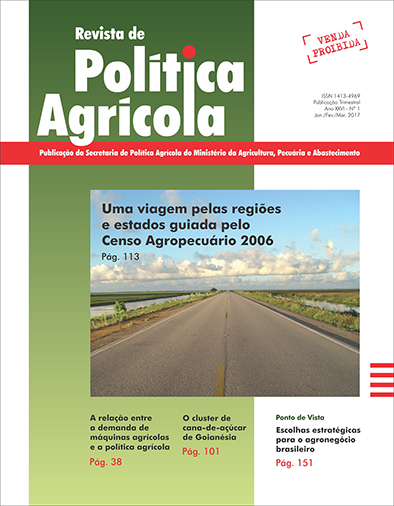Financial evaluation of the sugar-energy industry after the boom
Keywords:
Agribusiness, financial accounting, agricultural economy, finance.Abstract
The Brazilian Sugar-energy industry went from the euphoria of 2003-2011, a period known as the “Ethanol Boom”, in which the Brazilian sugarcane crop doubled in size in just 8 years. To the stagnation post 2011, with liquid closure of plants, a high indebtedness, and a small rate of growth of sugar cane crop. The small growth is the result of an adverse macroeconomic environment, with appreciated exchange rate, Credit restriction after subprime crisis, and competition with imported subsidized gasoline by Petrobras. But also reveals that there has been a scaling up of some units, which have absorbed the canefield of liquidated mills. It was then highlighted the strategic decisions of the companies that led to this consolidation process, the creation / destruction of value that followed the IPO, and the issuance of bonds. Detailing the financial and operational results obtained in the production of sugarcane, sugar, ethanol, electricity, real estate projects and valorization of agricultural land. The sustainability of the Sugar-energy industry depends on efficient cash and debt management, as well as the agricultural investment aimed at reducing the cost of production, and industrialization with the generation of more products, with higher added value, from the same input, as the cogeneration of electric energy, RNA, use of straw, etc. The land was the main asset of value generation, with gains in real estate projects and agricultural valorization, creating a virtuous cycle between investment in the sugar and alcohol sector, increase of the income of inner cities, and equity valuation.Downloads
Published
2017-08-09
How to Cite
Oliva, F. C. (2017). Financial evaluation of the sugar-energy industry after the boom. Revista De Política Agrícola, 26(1), 49–64. Retrieved from https://rpa.sede.embrapa.br/RPA/article/view/1246
Issue
Section
Artigos Científicos


